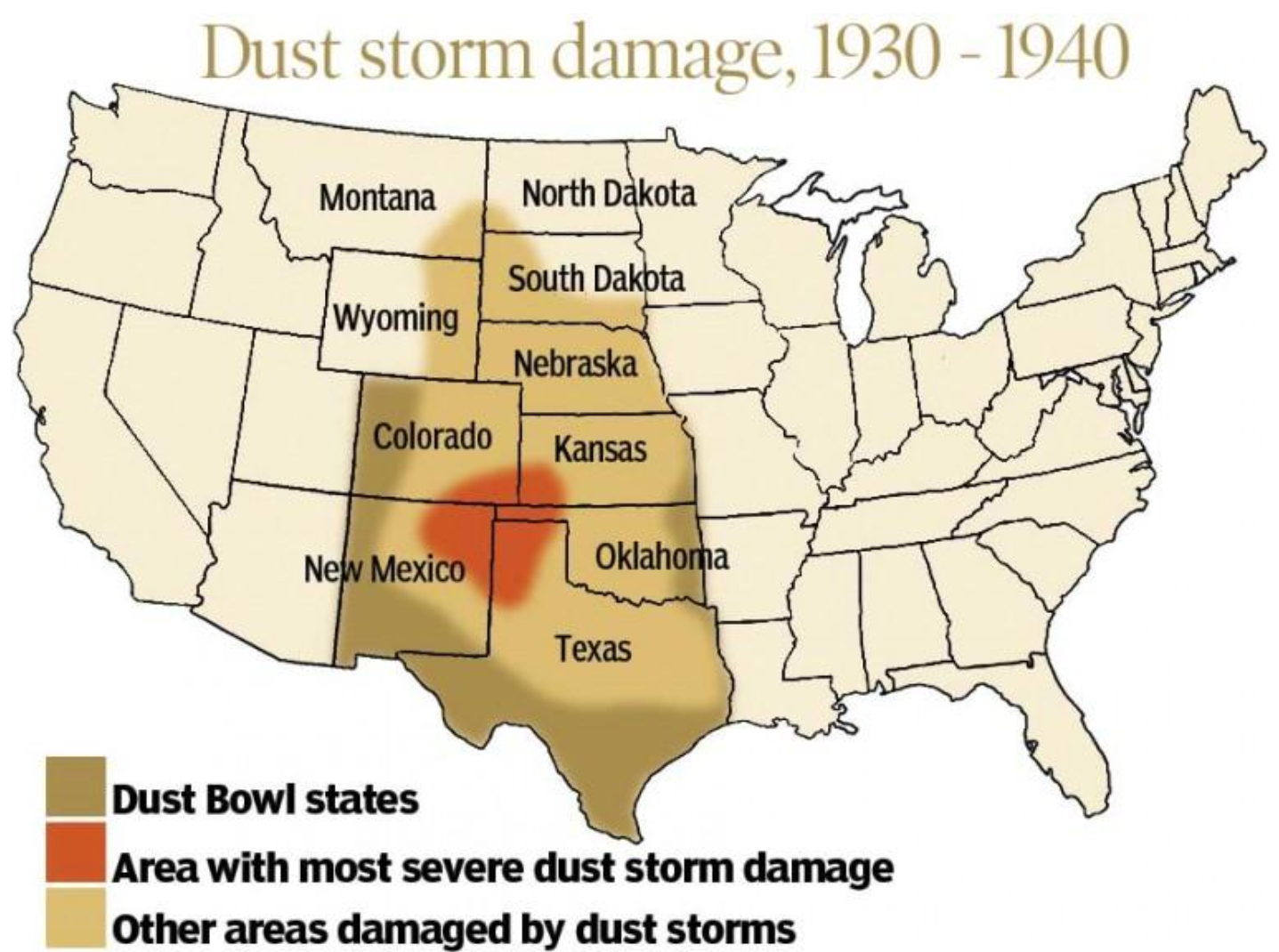Answer one or both:
1. What are Jane Jacobs' beliefs about the needs for a living city? How does she see "the verities of orthodox modern city planning" (p.147) as regards those needs, and how does her introduction resonate with the themes of the documentary "My Brooklyn"?
2. Yi-Fu Tuan's subchapter, "the view from below" mostly focused on "Harlem" and then on Chicago's Skid Row, but how do some of his considerations bear on the diversity of neighbourhoods defended by Jacobs, and/or on what you noted down about the Brooklyn documentary?



From my understanding, when she talks about the "verities of orthodox modern city planning" (p.147), she’s criticizing the dominant way urban planners at the time thought. They seem to focus on big projects, strict zoning (where everything is separated—homes in one area, businesses in another), massive apartment blocks, and wide expressways. But in doing so, they ignored the everyday human experience of the city. These “modern” planning ideas often destroyed existing communities in the name of progress, but ended up creating cold, empty, and lifeless spaces instead.
ReplyDeleteIn "The View from Below," Yi-Fu Tuan explores how marginalized communities, like those in Harlem and Chicago's Skid Row, experience the city from a position of social and economic inequality. He emphasizes how urban space can feel oppressive or alienating to people with limited power. This contrasts but also connects with Jane Jacobs’ defense of diverse neighborhoods were she argues that vibrant, mixed-use areas with varied people create safety, creativity, and community. Tuan reminds us that without addressing inequality, diversity alone isn't enough. The Brooklyn documentary also shows this tension—how gentrification can erase the very diversity Jacobs celebrated, pushing out those who view the city "from below."
ReplyDelete